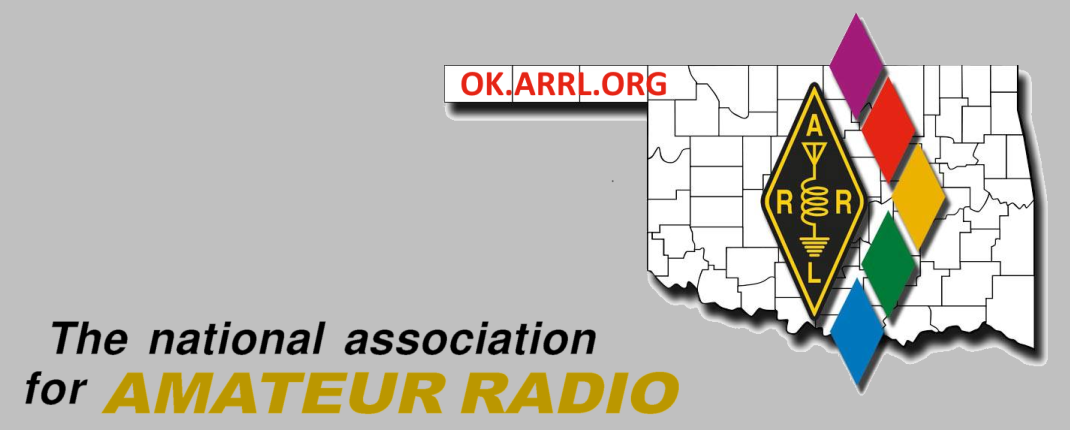NEXT GENERATION APRS
Over the past 15-20 years, I have seen APRS go through the standard technological “S” curve. It first started out as two or three guys sending out packets on an agreed upon local frequency. As more interest was generated, the frequency became the standard 144.39 Mhz and infrastructure formed in digipeaters to extend the range from stations 5 miles apart into a full statewide network. Software evolved from DOSAPRS to several windows-based programs with sophisticated mapping and message techniques. A standard was even published to make sure that software developers and APRS radio manufacturers follow the same rules.
Basically APRS has gone from a very experimental technology with limited impact to a fully mature technology that has plenty of support in the amateur radio community in terms of infrastructure, hardware, and software. While it is nice that we have reached a point of APRS being mature, it is my hope that the best is yet to come. Therefore, I respectfully present the case for “Next Generation APRS”.
Few people know that the predecessor to APRS developed by Bob Bruninga in the early 1980s was used to track Naval assets using HF. Yes, HF. Curiously enough, APRS mainly evolved on the 2m amateur band. Wonder why? First of all, 1200 bps packet was only legal on VHF and up bands. Secondly, I would believe that early adopters were many of the freshly minted “Technician” class hams that didn’t have HF privileges. Lastly, HF packet has been a frustrating exercise, as the conventional Bell 103 modem used for 300 bps packet is generally not suited for the varying conditions of HF (static crashes, fading, etc.).
However, there has been an explosion of improved digital soundcard modes available on HF. Everything from phase shift keyed to multiple frequency shift keyed and modes with names like Olivia, MT63, Throb, and Thor. Many outperform the original 300 bps packet in terms of acceptable s/n ratios. Many incorporate FEC (Forward Error Correction), which makes them very reliable in the highly variable band conditions of HF. A large number of modes are available in the FLDIGI program in particular. Just recently FLDIGI added the ability to speak “KISS” to it, which allows many software packages to work with it. This means that a program like BPQ32 can interface with FLDIGI as a plug-in RF modem. And that is where the magic starts.
We have demonstrated that with the modes available to FLDIGI, we are able to have reliable NVIS (short skip) contacts across the state of Oklahoma with power levels from 1 to 20 watts. I believe that the ability of NVIS to “fill in the gaps” could be a key to extending the APRS network even further from the current 2m system. Instead of having to place additional digipeaters in sparsely populated areas, stations could work the network by operating NVIS on the 40m band. Imagine the opportunities with the backpack radios like the Yaesu FT-817!
Due to the fact that digital stations can cover Oklahoma with very modest power levels, the need for HF digipeaters would be eliminated. That would enhance the chance of lower power stations to be heard (since they would not be competing with higher power digipeaters).
There are three modes that have become finalists for operating APRS on HF: BPSK-250, PSKR-250 (robust PSK), and MFSK-32. The PSKR-250 has the advantage of FEC (forward error correction), which will further enhance copy in challenging conditions, such as thunderstorms, at the expense of cutting data speed in half. The two PSK modes only occupy 250 Hz of bandwidth, while the MFSK-32 uses twice the bandwith at 660 Hz. The MFSK-32 is supposed to be slightly more resistant to band noise conditions, but somewhere on the order of 3-5 db. The FEC on PSKR-250 is somewhere around 4 db improvement. If the PSKR-250 is comparable in performance to MFSK-32, it would win in terms of less required bandwidth.
The Tulsa Digital Radio Club (TDRC) has an operating APRS station on 7036 kHz with center frequency of 1000 Hz. We will run BPSK-250 for now. We may change to PSKR-250 during challenging band conditions (fading and high noise) to see the impact on readability with other participating stations. We will communicate any changes at least 24 hours prior to changeover.
